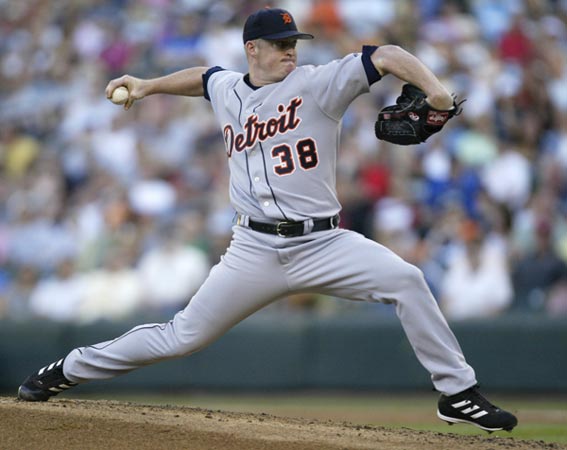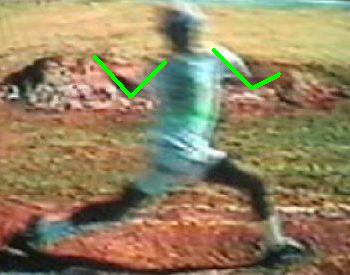quote:
Originally posted by BobbleheadDoll:
As the doc says it is a theory and I guess you are not the discoverer of that theory.
It's my theory. He's just providing a rationale for why it's bad.
quote:
Originally posted by BobbleheadDoll:
I would ask the doctor if that theory is abated by an athelete who has properly conditioned himself to throw at high velo.
I have asked him and the answer is no. The problem is that you are putting the shoulder in a mechanically inferior position. No amount of conditioning can deal with that fundamental problem.
quote:
Originally posted by BobbleheadDoll:
A normal person would stress his ligament and possibly tear the labrum but a top conditioned athlete who constantly keeps the ligament and other shoulder muscles will be able to with stand this M of yours.
The whole point of his e-mail is that this isn't the case. He's specifically talking about the problems faced by highly-conditioned pro athletes.
quote:
Originally posted by BobbleheadDoll:
my belief is that most young pitchers and even more so catchers do not properly condition their shoulders to withstand the stress on ligaments,rotator etc.
I agree, but poor mechanics are a separate problem. Conditioning can put off problems, but as long as your mechanics are poor, the problems will inevitably crop up.
quote:
Originally posted by BobbleheadDoll:
As far as teh ortho backing YOUR theory it is not your theory. You just happen to lay claim to it.
Why is it some important to you that it not be my idea?
I am not aware of anyone else who has ever talked about the problem with the Inverted W or Hyperabduction. Only since I have started talking about the problem with the Inverted W and Hyperabduction have guys like Dick Mills and Will Carroll started talking about the topic.
























